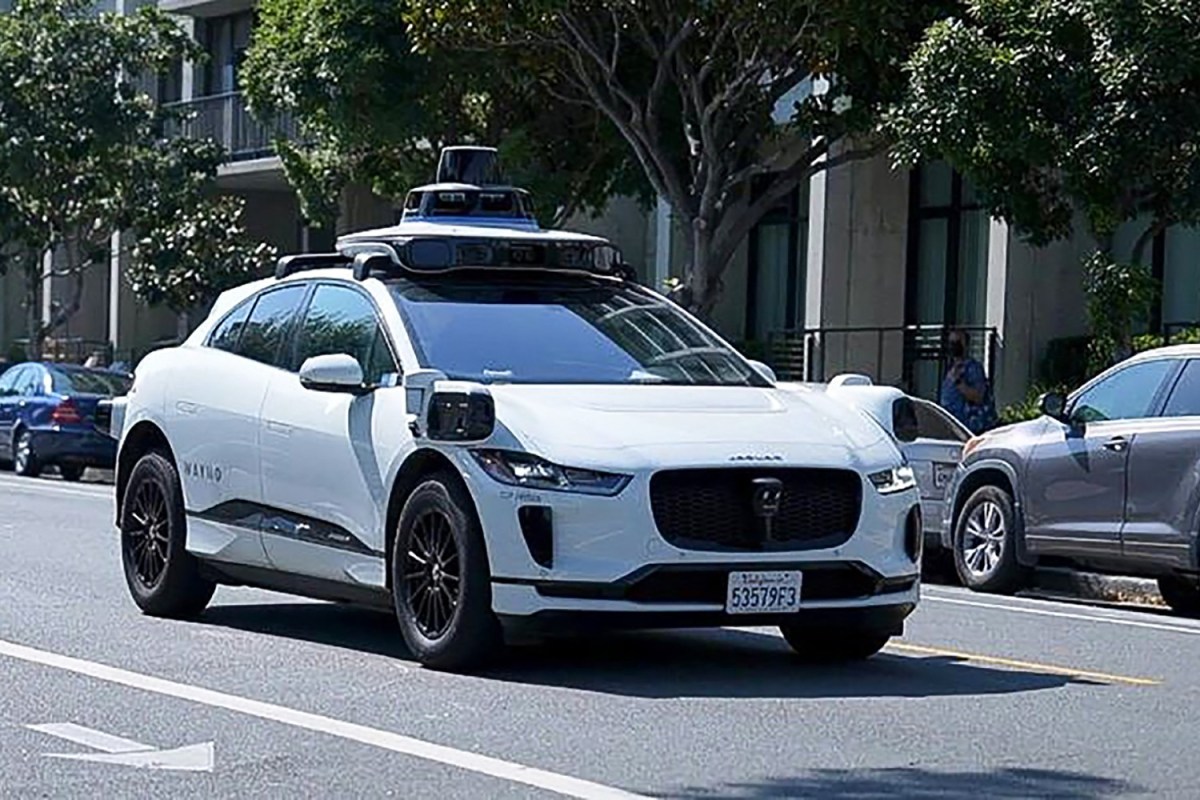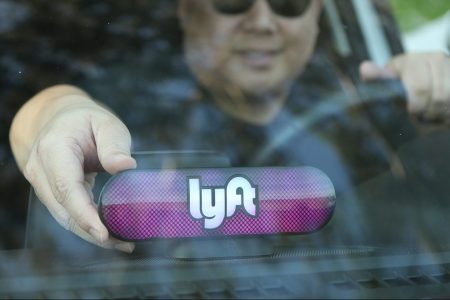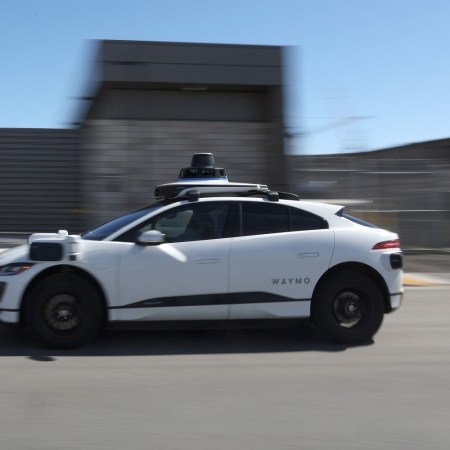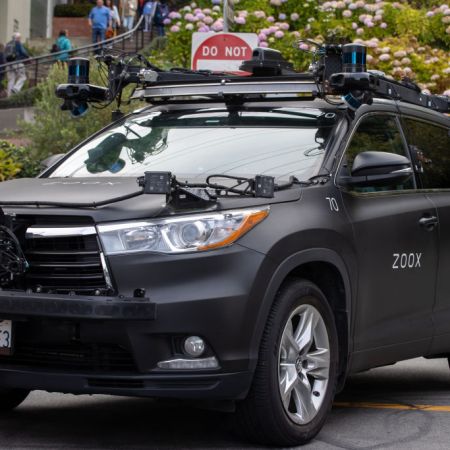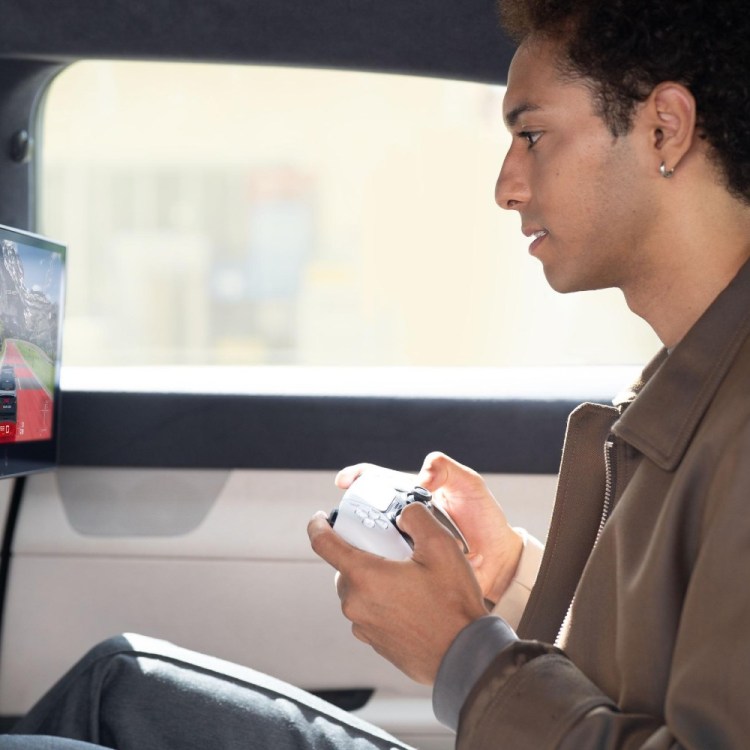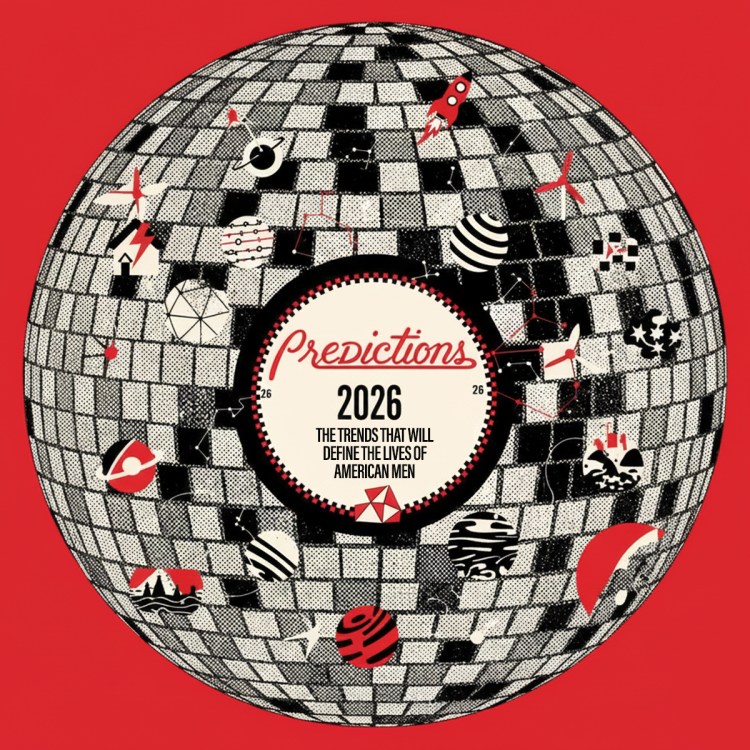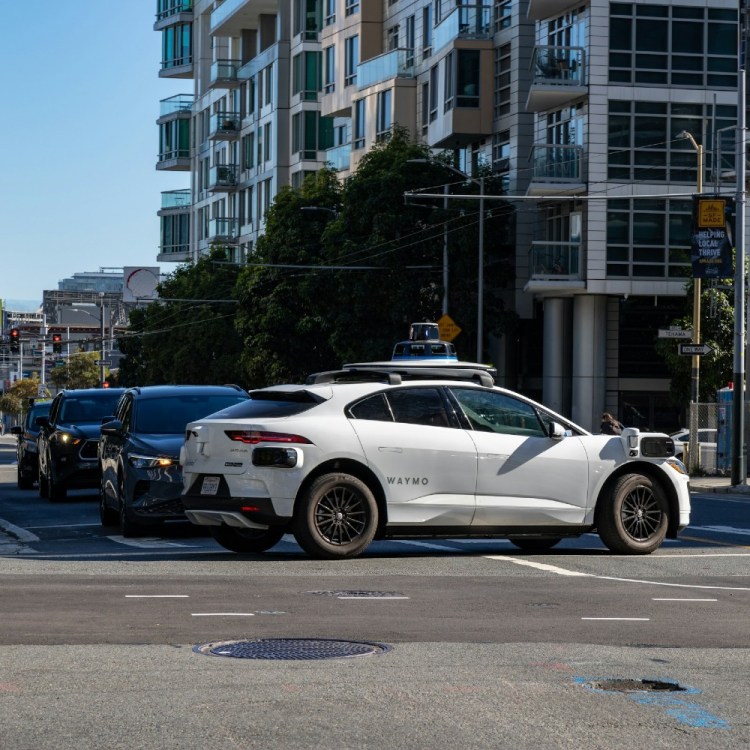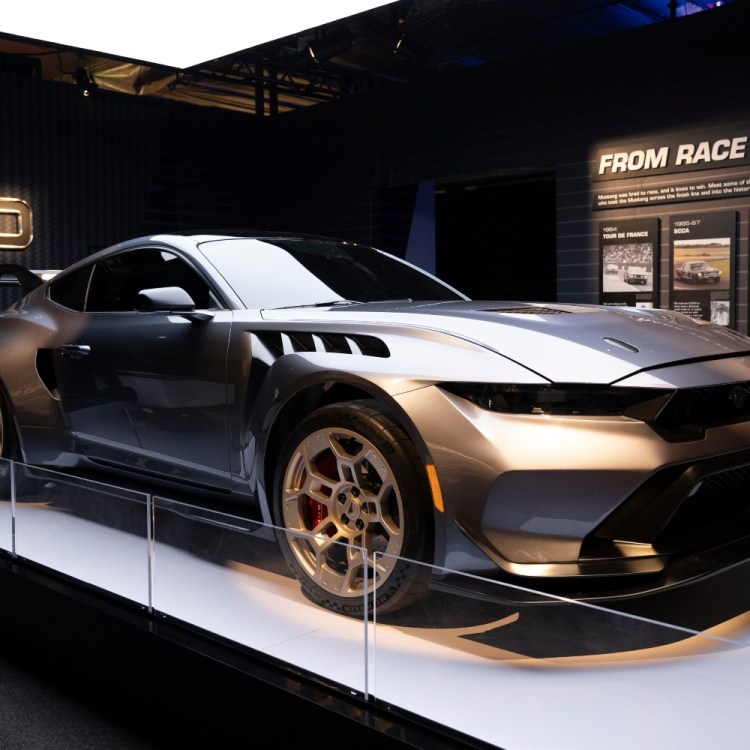Earlier this month, San Francisco gave the go-ahead to robotaxis operated by Waymo and Cruise to operate around the clock. San Francisco is the latest city to do so, and it might have some company soon — The Verge reported that Austin, Texas would be the next city where traveling by cab might involve being driven by software. While the companies behind self-driving vehicles (including Waymo’s parent company Alphabet) are enthusiastic about the technology, not everyone shares that feeling — and some of them may have figured out a bit limitation on robotaxi tech.
As NPR’s Dara Kerr reports, protesters in San Francisco from the group Safe Street Rebel have come up with a way to quickly keep a self-driving car from going anywhere: putting an orange traffic cone on its hood. As anonymous members of the organization told Kerr, they’re frustrated that the city where they live is being used as a testing ground for the technology.
Given that reports of self-driving cars causing traffic jams and getting stuck in concrete circulated after San Francisco gave the okay for round-the-clock robotaxi operations, it isn’t hard to see where the activists are coming from. It’s worth pointing out, too, that Cruise recently agreed to halve its total number of self-driving cars in San Francisco after one of its vehicles was involved in an accident.
Alphabet’s Waymo Teams Up With Lyft to Take on Uber
Partnership seen as attempt to widen Waymo’s reach in autonomous vehicle market.There is something surreal about the idea of a high-tech, cutting-edge autonomous vehicle being taken out of service with something that can be purchased for under $20. Speaking more broadly, the conflict over self-driving vehicles also gets at a larger question: who benefits most from this technology? It isn’t hard to understand why some city residents would be skeptical of their public spaces turned into testing grounds for private companies.
Thanks for reading InsideHook. Sign up for our daily newsletter and be in the know.
